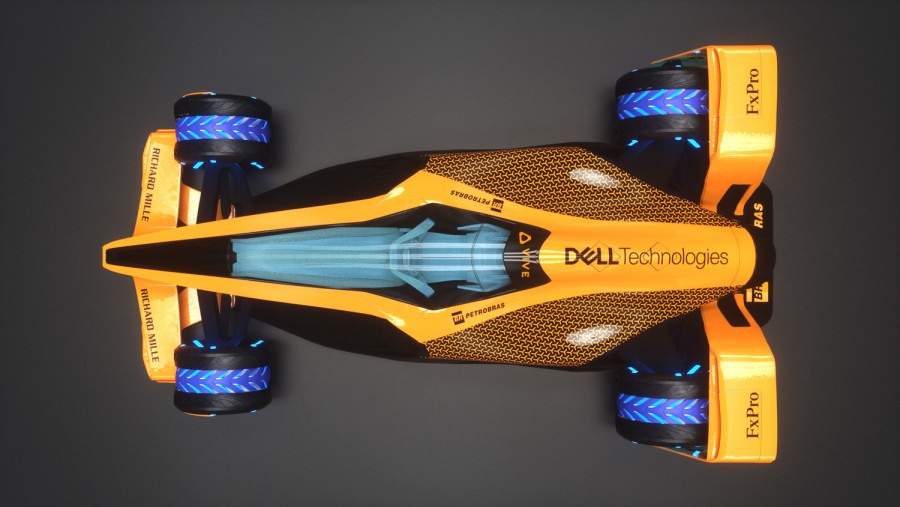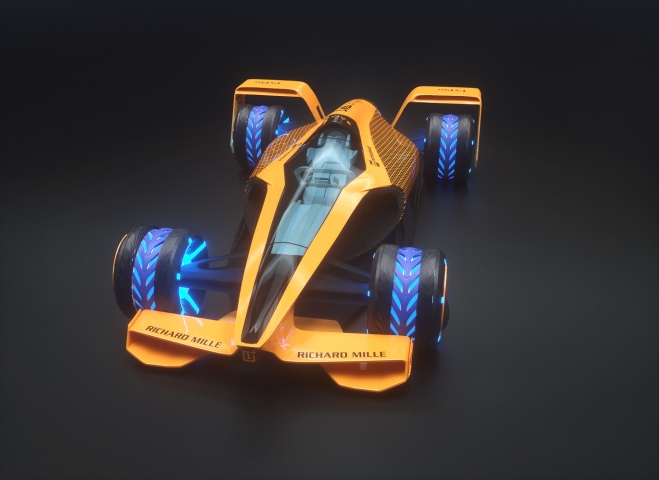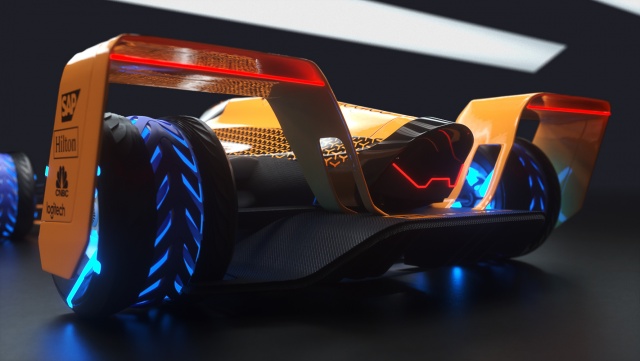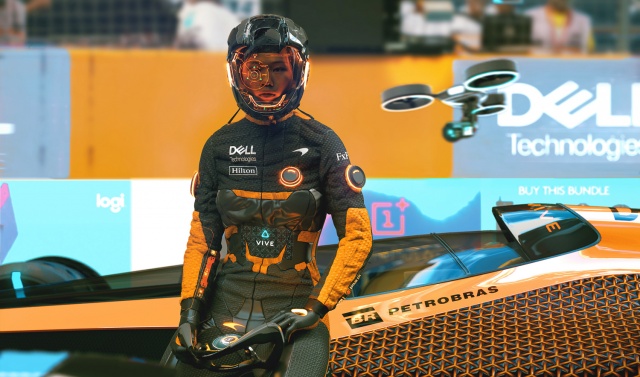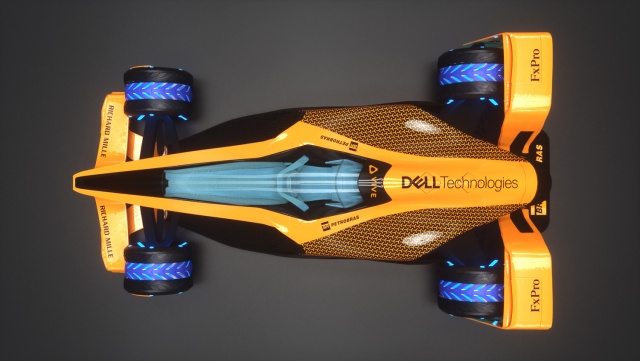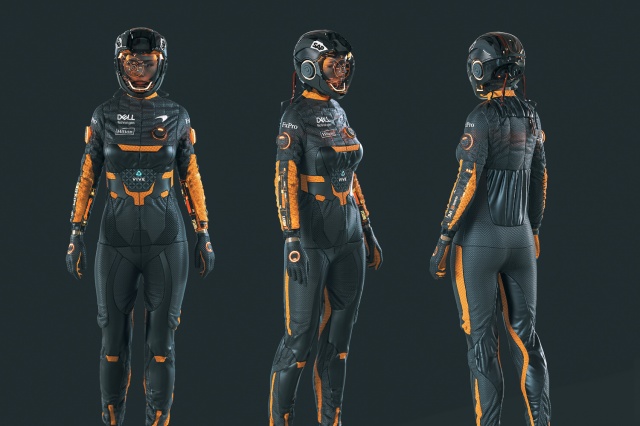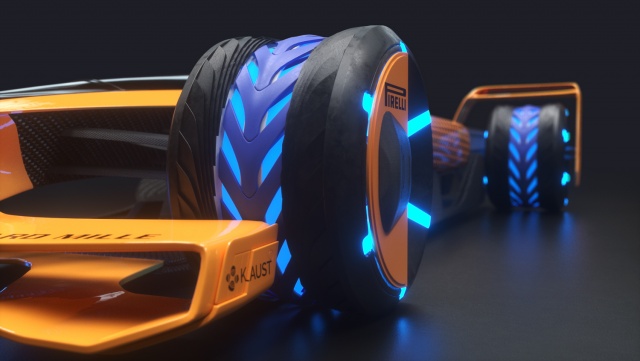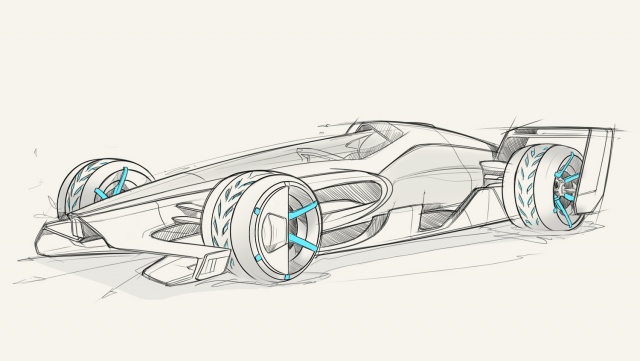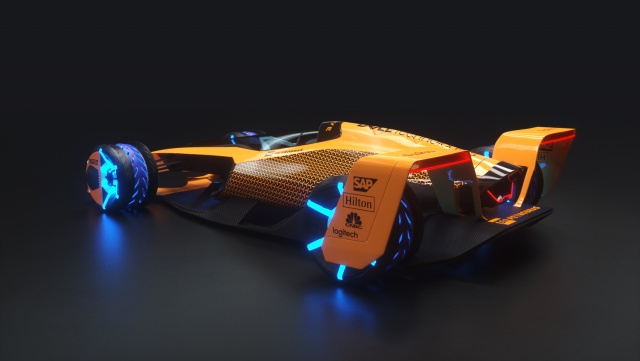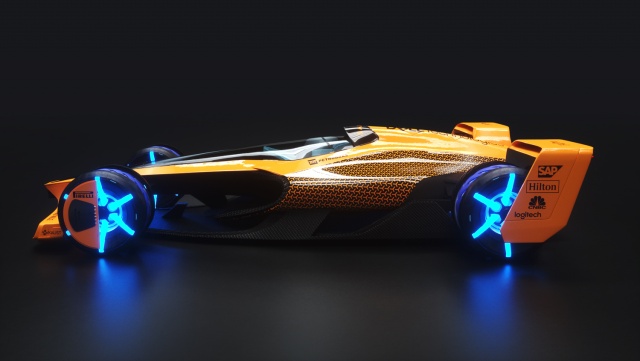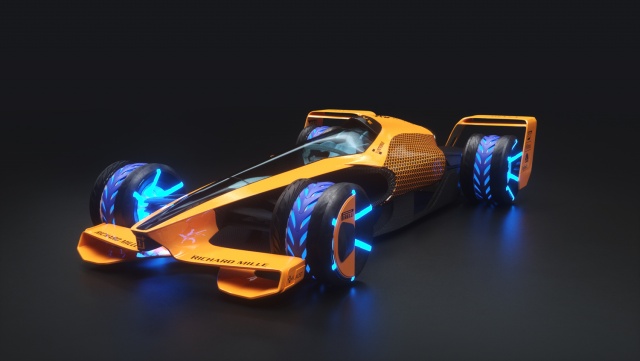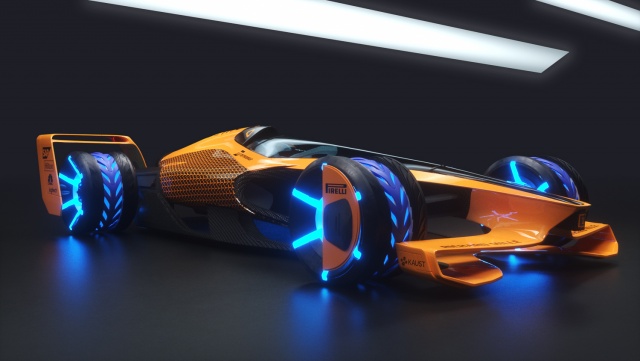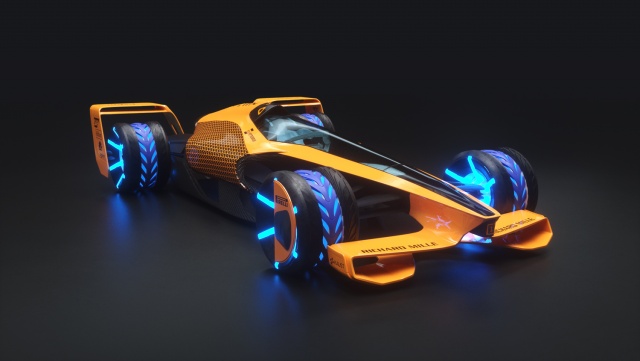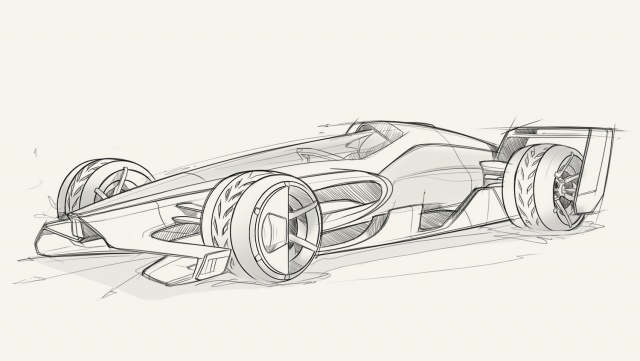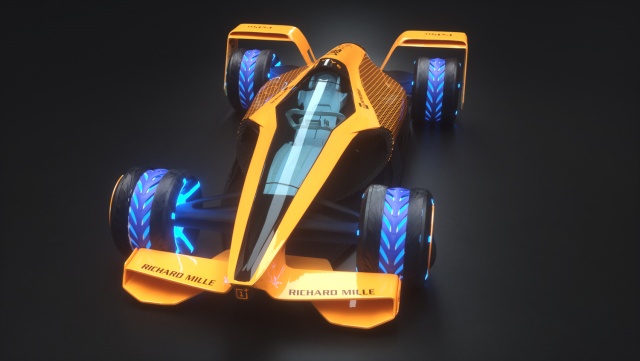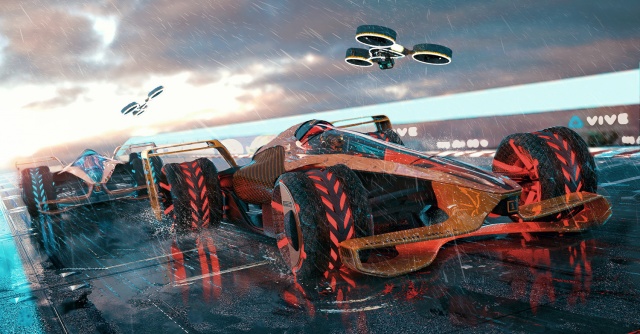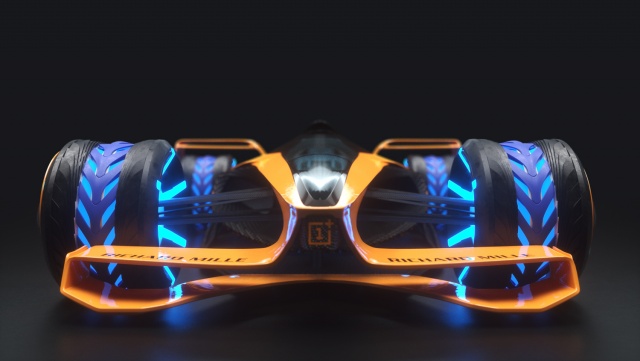What's the news?
McLaren has, through its high-tech engineering offshoot McLaren Applied Technologies, been thinking deeply about what the F1 racing car of 2050 could be like. The result of all that pondering is this - the MCLExtreme, an all-electric, ultra-high-tech racing car that could hit a whopping 500km/h.
It's not a question of just assuming that F1 power outputs will continue to rise and rise and plucking a maximum speed figure out of the air. The MCLExtreme has been designed around electric power, so it's a very different beast. Just as Lotus broke new ground in 1967 when it made the Lotus 49's Cosworth DFV engine a stressed part of the chassis, so too the MCLExtreme makes the battery part of the car's structure - it's a 'folded' battery, which is "moulded to the aerodynamic package."
That aerodynamic package itself can reshape and restructure itself on the fly too, and the tyres have been designed to be 'self-healing' although whether that means that they can fix their own punctures, or they're designed to perform at their maximum potential right through a race we're not quite sure.
In the cockpit, the driver has to wear a special racing suit to help him or her cope with the massive g-forces that a car such as this could generate, and there's also an artificial intelligence assistant built into the car to help the driver work out strategy as they race. Thankfully, McLaren - knowing how important the purity of wheel-to-wheel racing is - has proposed that future races could incorporate 'blackout' areas or periods, where the AI assistant is turned off, leaving the driver to their own devices.
McLaren has been rethinking the tracks too, and the result looks like a Hot Wheels set with twisted, banked corners and transparent tunnel sections to allow the spectators to get really close to the action in full safety.
The pitlane can charge the car's battery as it drives through, and the track will be better able to shrug off the effects of bad weather (which sounds like a bit of a shame, really).
There's more for the fans, too. McLaren is embracing the current trend for games console-based e-Sports, and the idea is that fans would virtually race on each circuit ahead of each Grand Prix, and the results of those races could be fed to the teams, allowing for tweaks to strategy and setup. The car also allows something called 'fan sentiment' to be displayed to the driver, which is possibly something that just no-one wants nor needs, but which has some possibly hilarious potential...
Rodi Basso, Motorsport Director of McLaren Applied Technologies, said: "At McLaren we never stand still. We are always looking to innovate to find the solution for tomorrow today. In recent years, we have seen concepts and ideas about how a Formula 1 car could look and operate in the future. However, this is the first time anyone has given detailed thought and insight into a viable vision of motorsport in the future. This is a hugely exciting and thought-provoking vision. One that includes the views of fans, university students, McLaren's drivers and our talented team at McLaren Applied Technologies. Our hope is for this to stimulate debate about how motorsport responds to changes in technology and sports entertainment trends to ensure we can meet the needs of fans in 2050."
Possibly the most sci-fi aspect of any of this is the assumption that by 2050 anyone will be left who gives the slightest stuff about F1...

